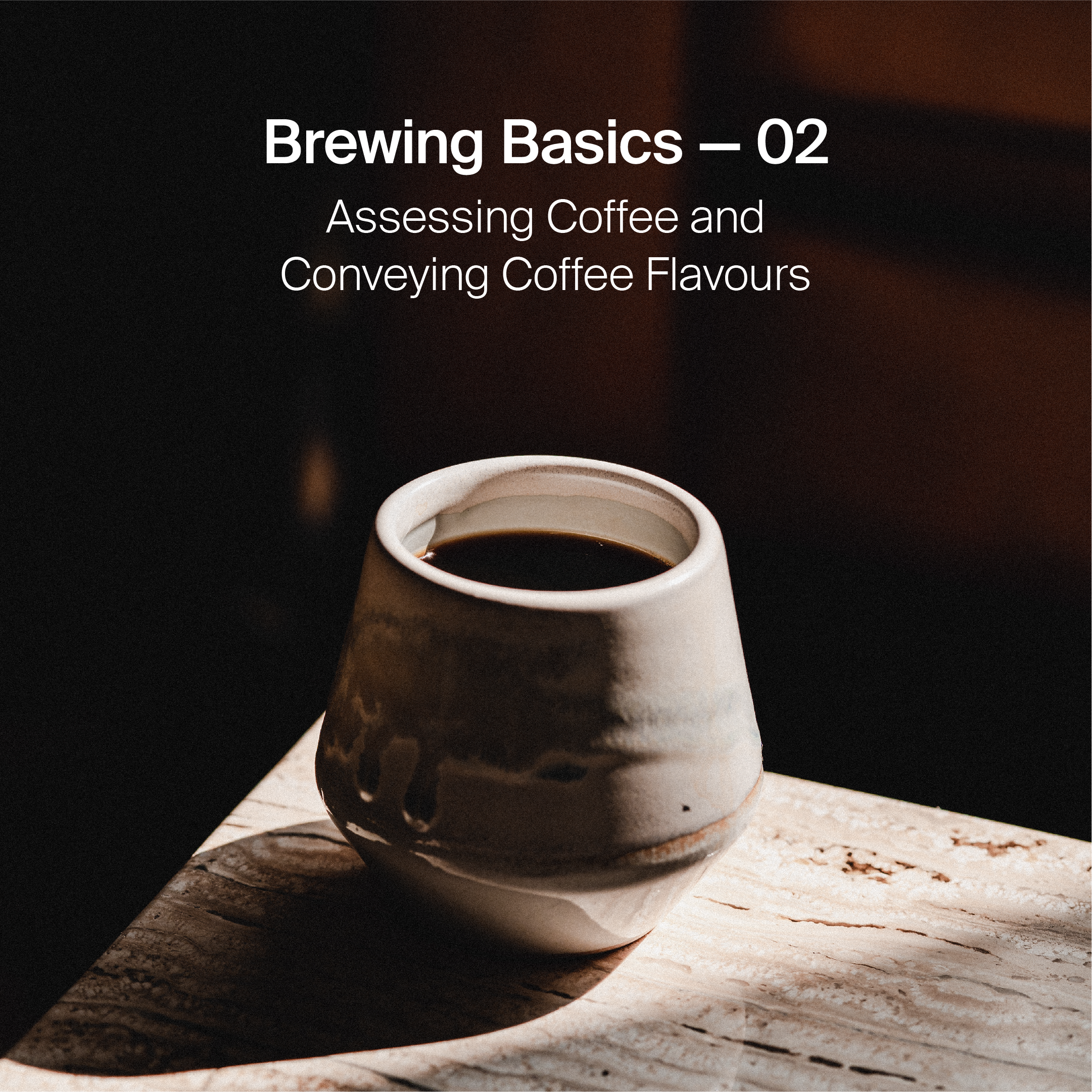Learn coffee brewing with Homeground Coffee Roasters through 2 professional barista lessons. From basics to advanced techniques, master your perfect brew with expert guidance.
The recent 2023 World Barista Competition in Athens was the first time that the use of non-dairy milk was allowed in the competition routine, yet, an overwhelming majority of competitors continued to use cow’s milk this year.
However, that is not to say that the same milk was used across different competitors – in fact, many top baristas elected to concentrate the milk that they use in competitions, enhancing its sweetness and creaminess by increasing the milk’s solids content. There are generally two methods to achieve this while still ensuring that the cow’s milk retains true to its form: fractional freezing, and cryo-desiccation.
As a starting note, fractional freezing is commonly known as “freeze distillation”. In truth, however, this process does not actually involve distillation (which is the processing of separating liquids through selective evaporation and condensation), thus, fractional freezing is a more factually accurate term for the process.

Fractional Freezing
The process of fractional freezing is generally quite straightforward – one takes advantage of the difference in melting points of milk and water. There are a few practical techniques in fractional freezing, of which the most practical and common is Block Freeze Concentration.
As milk has a lower melting point than water, and melts from its solid state first, Block Freeze Concentration is carried out by freezing the entire block of milk as a single solid, and then drawing out the thawed liquid through gravitational separation. In practice, one simply freezes a bottle of milk completely, before opening the lid, inverting the bottle, and then collecting the thawed liquid that forms under.
This method has its benefits in the minimal equipment required, where a bottle of milk, and a cup to collect liquids will suffice. It is, however, difficult to control the rate at which the solid thaws, and also the outcome of the process (i.e., achieving a target concentration of solids).

It is also worthwhile to know that the resultant concentrated milk is also likely to contain a different percentage composition of constituents as compared to the original material. Milk is mainly composed of water, fats, carbohydrates, proteins, and some vitamins and minerals. Each of these have their own melting points, and hence thaw at different rates. Just as an example, within the milk fats present in milk, the melting points range anywhere from -40°C to 40°C!
As a result, the composition of milk that forms as a result of the process might present a little differently. A study on the physiochemcial structure of concentrated skimmed milk from Block Freeze Concentration (Camelo-Silva et al., 2022) found that with a higher concentration of solids in the milk, the proportion of proteins increased while that of carbohydrates and fats were lower in comparison to the original milk. While its corresponding impact on a cup of coffee has yet to be clearly linked, it can be reasonably expected that the behaviour and taste will differ from each other.
| Analyses | Skimmed milk | Concentrated milk |
|---|---|---|
| Total solids (g/100 g) | 8.05 ± 0.22 | 10.27 ± 0.01 |
| Protein (g/100 g) | 3.15 ± 0.02 | 7.07 ± 0.40 |
| Fat (g/100 g) | 0.16 ± 0.01 | 0.18 ± 0.05 |
| Ashes (g/100 g) | 0.39 ± 0.03 | 1.29 ± 0.19 |
| Carbohydrates (g/100 g) | 4.35 ± 0.01 | 1.73 ± 0.01 |
Table 1: Physicochemical properties of skimmed milk and concentrated skimmed milk (Camelo-Silva et al., 2022)
Cryodesiccation
The second method is cryodesiccation (often also known as freeze drying), a low temperature dehydration process of freezing an object and placing it in a vacuum, decreasing the pressure in the space and allowing water to sublimate directly into vapour as it thaws. This enables the item to be dried into its powdered form, fully eliminating any water molecules present in the frozen object.
Milk that has been treated with this process can be reproduced by mixing its powdered form with water, cow’s milk, or even other plant-based milk! With cryodesiccation, it is easy to create specific concentrations of milk by measuring the inputs of the mixture. Unlike with fractional freezing, cryodesiccation does not change the proportion of compounds found in the milk’s composition, and the concentrated liquids share the exact same composition as its constituents. Valuing the consistency and reliability that cryodesiccation provides in concentrating milk, this process was utilised by the 2022 World Barista Champion Anthony Douglas in his competition routine, where he combined cryodesiccated powdered milk with fresh milk to make a liquid that was 1.8 times as concentrated as the original!
And yet, the cost to specificity and consistency comes in the form of a larger financial outlay, with the main downside of implementing cryodesiccation being its affordability – specialised equipment cost thousands of dollars!

A 100% Concentrated?
After all that has been said about concentrating milk, one must wonder: why aren’t more people doing it if it absolutely benefits the cup experience?
The truth is, while it can certainly create creamier and sweeter cups, it does not mean that such cups are automatically enjoyable.
Higher intensities in the complementary milk portion often means that the espresso used for milk beverages need to be calibrated differently – usually with a longer espresso shot (higher ratios), while still trying to ensure that the coffee aspect is strong enough to stand out in the balance of the beverage. Our experience with concentrated milk tells us that drinking too much of it at one go is not ideal, as it makes us excessively bloated and full, and hence a careful balance needs to be struck to make concentrated milk beverages a successful endeavour.
However, the prospect of a creamier and sweeter cup of white coffee when blended well, or perhaps blended with plant-based milks, continues to drive passionate and curious baristas towards the art (and science) behind milk concentration.
As the breadth of alternative milks utilised in coffees continues to grow, there also lies within cow’s milk a whole depth of potential understanding that can be further looked into: the effect of varying proportions of compounds on the taste of milk and the resulting coffee, as well as the extent and temperature of steaming to produce the optimal milk taste, given as fat content is correlated to temperatures of milk at which more stable foam is produced (Chandan, 1997).
The existence of latte art only serves to imply an existence of “latte science”.
Journal Archive

Cryodesiccation and fractional freezing practices

Cross-modal perception of colours on the taste of coffee

To have the Confidence to Enjoy
Learning to enjoy more

Same Coffees Everywhere, All at Once
Why do local specialty coffee shops serve the same coffees?

A study of unexpected coffee production nations

A low down on using puck screens for espresso machines




